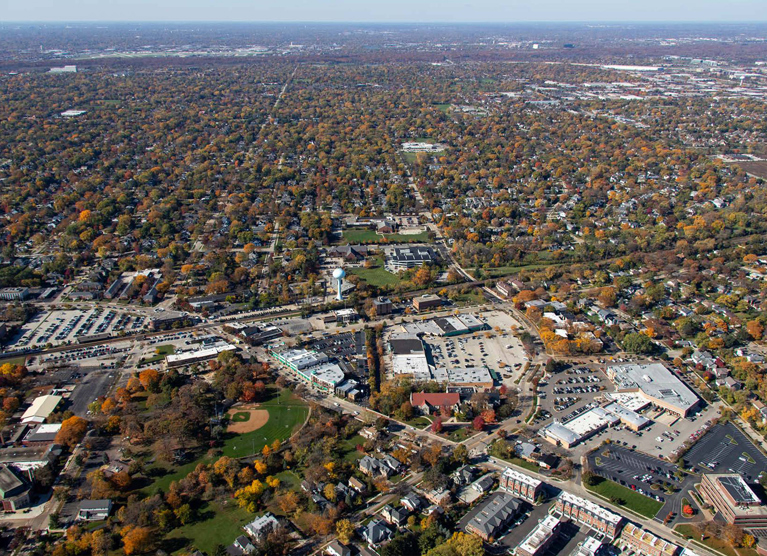
Although most cyclists ride with a high cadence of about 90 rpm, there are many benefits to cycling at a low cadence, as well. In fact, transitioning to a 60 rpm ride has numerous benefits for health and fitness and can improve overall cycling performance.
High cadence cycling is typically seen as more efficient, but cycling for exercise is about more than just achieving a high speed. Any cycling coach worth their salt will tell you that a balanced approach, with some higher cadence and some lower cadence cycling, is important.
You should incorporate low-cadence drills if you find that you struggle with uphill climbs. They will also help increase the power output you achieve during accelerations. If you notice that the group pulls ahead of you at the start of a ride or after a stop, you should work on low-cadence drills.
Low cadence cycling can help increase endurance and the ability to handle tough climbs and accelerations. If you struggle on climbs and suffer from sore muscles after difficult rides, low cadence cycling can help support your training. Adding low RPMs allows your body to perform at a more intense level, stressing power over speed. By incorporating short periods of low-RPM intervals, you will become more efficient during uphill climbs.
Scientists studying the levels of power exerted during rides show that many cyclists utilize more energy simply in their efforts to move their body at a rapid speed as opposed to propelling their bike forward. When cyclists ride at a high cadence, the body expends energy as you lift and lower your legs.
By measuring the oxygen consumption of 10 amateurs during a high cadence ride, they found that over 60 per cent of the energy goes to moving the thighs, knees, and feet, with only 40 per cent propelling the bicycle forward. By lowering the cadence, cyclists can focus their energy exertion on the movement of the bike, not the body.
One study considered the effects of repeated 1-minute low cadence cycling efforts on a group of cyclists compared to those with normal cadence efforts. The study found gains in the peak power of sprints, the average power of sprints, the power at lactate threshold, Vo2 max, and surprisingly, even levels of testosterone.
When riding at a low cadence, it’s essential to keep your stroke fluid. You should be exerting your body and feeling the strain, but not to the point that you are struggling through your stroke. It may help to decrease your cadence slowly, over an extended period of time. Moreover, remember that low cadence cycling is something that should be done as part of interval training, not a constant way to ride.
It is important to understand, however, that low cadence training comes with an increased risk for injury. During low cadence cycling, your body places more stress on various joints of your body. This increased stress can lead to joint inflammation and even injury.
When incorporating low cadence efforts into your cycling regime, begin slowly. Just a minute or two of low cadence cycling a couple times during your daily ride is enough to start feeling the positive benefits. Be mindful of your body as you begin low cadence cycling as minor injuries can creep up and turn into a major pain.
As you focus on your cadence intervals, try to ignore your heart rate and instead focus on your pedal strokes. Note how the muscle fibers engage. As your rates increase, feel the change in your performance, but also in how your body responds.
Low cadence cycling, when integrated into your training plan, can increase strength and performance, especially during the most challenging parts of your ride. Just remember to adjust slowly and give your body time to transition before putting intense demands on it. You may feel that a few minutes of low cadence cycling is no big deal – but your body might tell you otherwise the next day!
At Kass & Moses Personal Injury Lawyers, we represent injured bikers and do all we can to promote cycling in various communities across the country. We encourage everyone, no matter what their age or physical condition, to take up cycling and ride often.
For more information, contact an experienced personal injury lawyer at Kass & Moses Personal Injury Lawyers to schedule a free consultation.
We proudly serve clients throughout Northbrook, Lake County, IL, and nearby areas, including Waukegan, Gurnee, North Chicago, Highland Park, Round Lake Beach, Zion, Grayslake, Libertyville, Lake Zurich, Lake Forest, Antioch, Highwood, Mettawa, Mundelein, Vernon Hills, Round Lake, Lindenhurst, and Beach Park.
Kass & Moses Personal Injury Lawyers
601 Skokie Blvd Suite 401
Northbrook, IL 60062
(847) 513-9582

